
Structured Learning Time
A case for preschoolers at home.
— July 8, 2024
Many families choose not to plan structured learning time for their preschooler. There are various reasons for this including the mindset that this age should only play and be left alone to their own devices. Some families, with multiple kids, find it easier to plan curriculum for only their older children, usually grades one and up. For the younger kiddos, specifically ages 3-5, planned learning time is overlooked because the older children’s lessons are considered more important.
Older siblings’ lessons are important and ages 3-5 is a time for play. However, these ages can greatly benefit from structured learning time that is specifically built for them. When designed for them it is play and that is what makes the learning so great.
There are a few reasons parents should not miss the opportunity that structured preschool at home offers. These include: the development stage they are in, setting home learning expectations early, and learning to take ownership of their lessons. Also, I share how to weave it into your already busy schedule.
As an Amazon Associate, Playing for Hours earns from qualifying purchases.
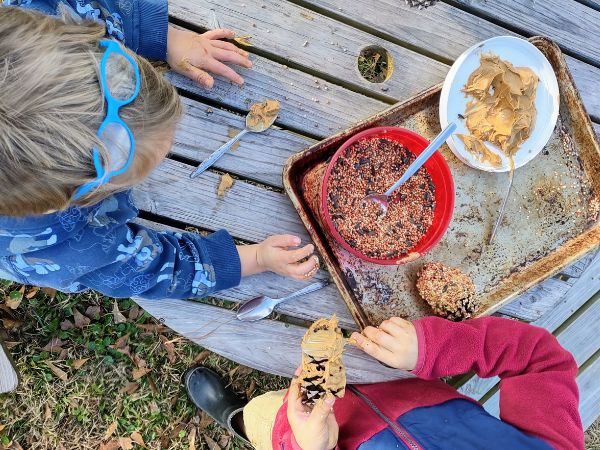
3 Reasons for structured learning time for preschoolers.
Unique time in a child’s development.
Ages 3-5 is an interesting time in a child’s development. They believe the world revolves around them! Setting boundaries and expectations will help them, and your family, navigate this time. Also, if older siblings are receiving different treatment, your preschooler will notice and may become confused because they believe everyone’s focus should be on them.
Structured learning time takes away the frustration for you and your child during this phase of development. Offering them a specific activity that is theirs appeases their infantile belief in a healthy way. While having specific expectations during the structured learning time supports their growth out of this mindset.
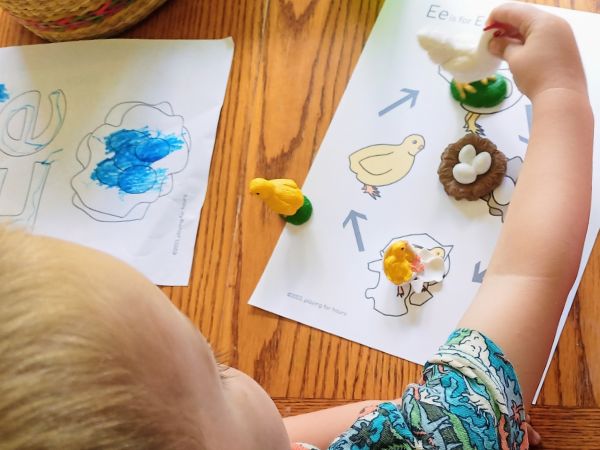
Sets the expectation for home learning early.
If you can hook a child early on with purposeful play they will willingly fall into the schedule and expectations that you set. The activities must be fun, interesting, and play-based to have this be successful. Then, as they mature, the lessons can slowly change to be a little more rigorous and less playful.
I found this with my eldest. We were able to transition from his preschool curriculum into lessons that included handwriting and phonics seamlessly. Fun lessons still remained, including science experiments and art. But the “it’s time to do lessons,” expectation was already set in place.
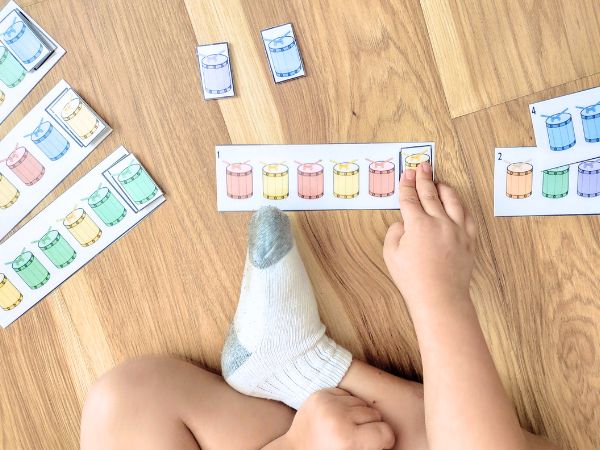
Teach ownership of their lessons at a young age.
A preschooler taking pride in their lessons and learning… sounds like a funny concept. However, in our house, it is not at all. My preschooler will ask to do his lessons daily. No, he is not thinking about what he could learn, but he is associating lessons as being positive and fun experiences with Mom. Leading him to seek out that time which will pay off in the future.
Additionally, my eldest, and my current preschooler, both have excitedly shown their grandparents and told random strangers about their lessons. Even though the strangers have no idea what they are talking about, a 3 year old’s excitement is infectious and the stranger happily nods along as my 3 year old tells them about his most recent lessons.

How to provide structured learning time.
The first issue most families face is time. However, time is not the enemy. Most preschool lessons only require 30 minutes, a few days a week. Plan to either involve older siblings in your preschooler’s lesson or have them work on their own independent lesson nearby. My kindergartener is either completing a writing lesson or just as excited about the activity my preschooler is doing for the day.
If a younger sibling/baby is in the house, plan to complete your preschooler’s lesson during nap time. Also, consider breaking a lesson up if it does not all need to be completed consecutively. This can allow for the younger sibling to participate in a part of a lesson with the flexibility to complete the remaining portion, which may be more difficult, while they sleep.
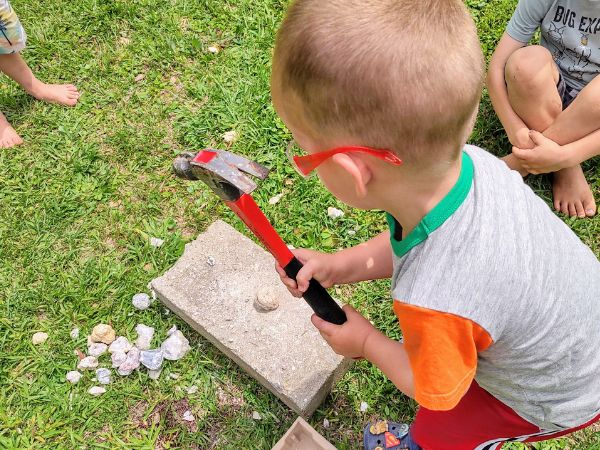
What is realistic.
During morning basket read books specifically selected for your preschooler before reading your older children’s books. Consequently, this allows your preschooler to play during their siblings’ books if they become bored. After, while your older child completes independent work, have your preschooler review their letters with an alphabet puzzle or this alphabet printable, Train, Acorn, or Caterpillar Wall Display.
Now take a break. Later when the younger sibling is down for a nap is the time to do a more involved activity. Maybe a science experiment or arts and crafts activity. Include the older sibling in the activity as well, just be sure they do not overstep and take away from the preschooler’s ownership of their lesson.
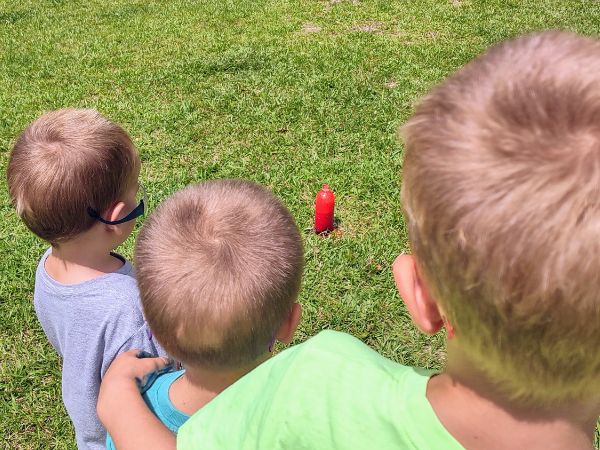
Choose a curriculum
No, it does not need to be expensive but it should take away any frustration. No more random activities that do not correlate or scrambling to assemble all the supplies.
2 things to look for in a curriculum:
- Play-based – your child should be excited for the activities.
- Flexible – it should adapt to your family’s ever-changing season of life.
The perfect time to set home learning expectations and teach your child to take control of their own learning is during this unique development stage. If you are feeling inspired to create a special learning time for your preschooler, check out the entirely free curriculum I created for my boys.
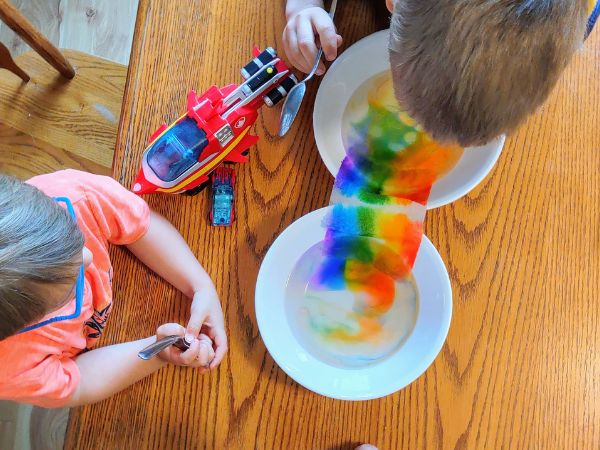
What is Letter of the Week?
I created a Letter of the Week like you have never seen before. I have reimagined it for all the possibilities that home learning has to offer. The program covers all 26 letters, and each letter centers around a single word with activity ideas, coloring pages, engaging printables, and book suggestions to completely captivate your child in that word theme.
Additionally, I offer a sample schedule to see how it can look in your home. This schedule also includes making time for review!
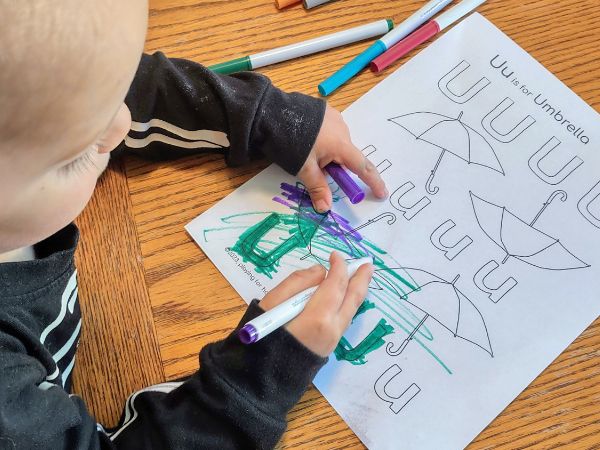
What does a week include?
The first week is Aa is for Apple. You will find activity suggestions and printables that use apples in science, art, baking, math and more. Coloring pages include both the upper and lowercase letters and, you guessed it, apples! Book suggestions are focused around apples and orchards whether they are silly, Ten Apples Up on Top by Dr. Seuss, or educational, Apple Cider Making Days by Ann Purmell.
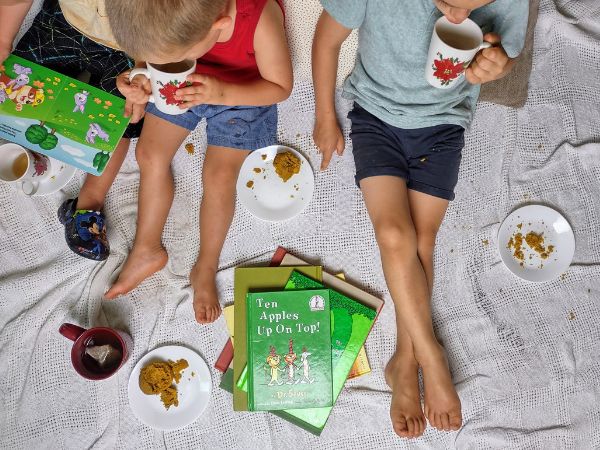
Week to week. Home to home. Letter of the Week looks different because it’s designed to be flexible and adapt to your schedule and family size. This way your budding student will not be left out and can be given the opportunity early to take ownership of their learning.
Preschooler’s crave that attention. If they have older siblings they wish to mimic them. In this case, give them what they want and teach them that lessons are fun, while they are young. Our family has greatly benefited from using Letter of the Week to create structured learning time for our preschool aged children.
Drop a comment below to let me know what you think. Is structured learning time important for ages 3-5 or not? Let me know what has worked for your family and your thoughts.
Recent posts on the homeschool blog.
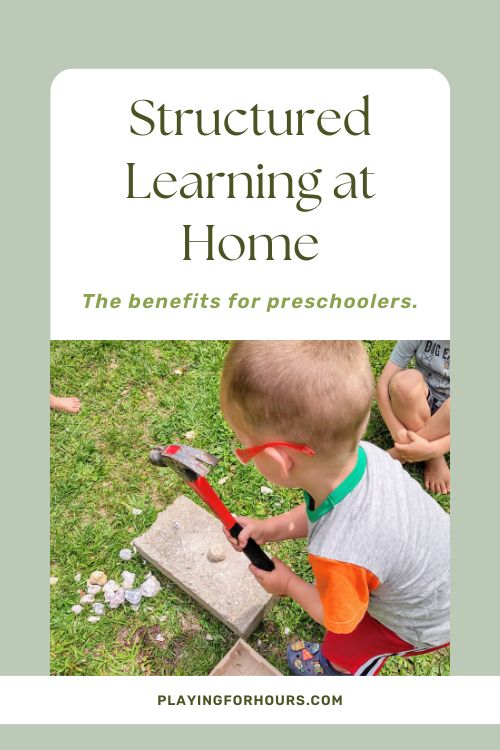

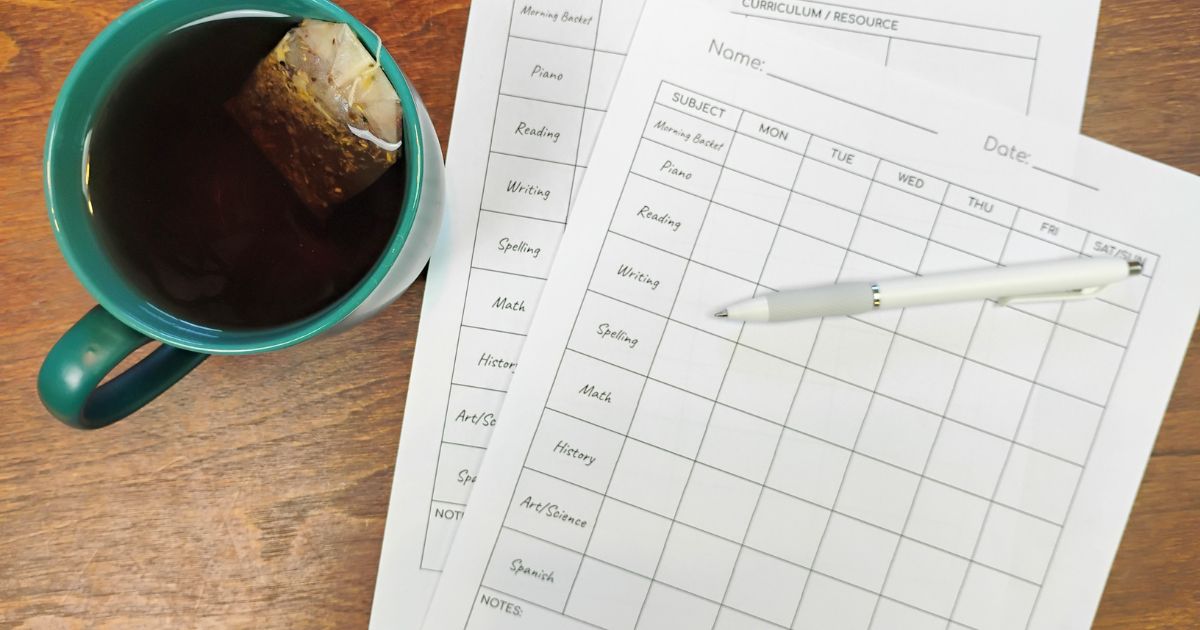

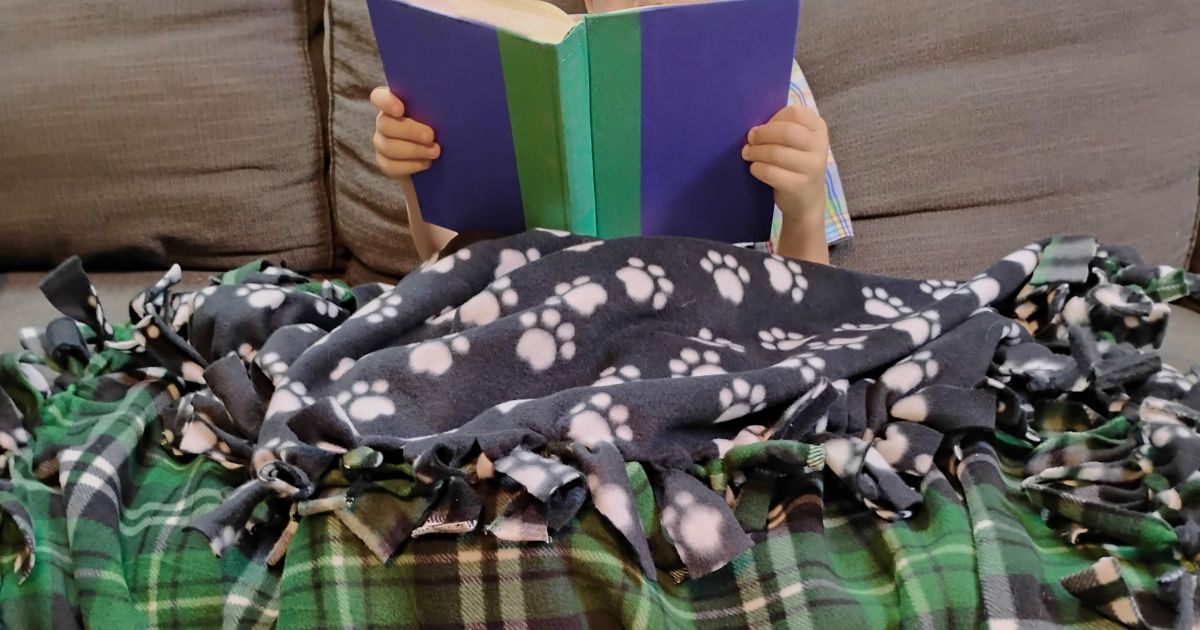
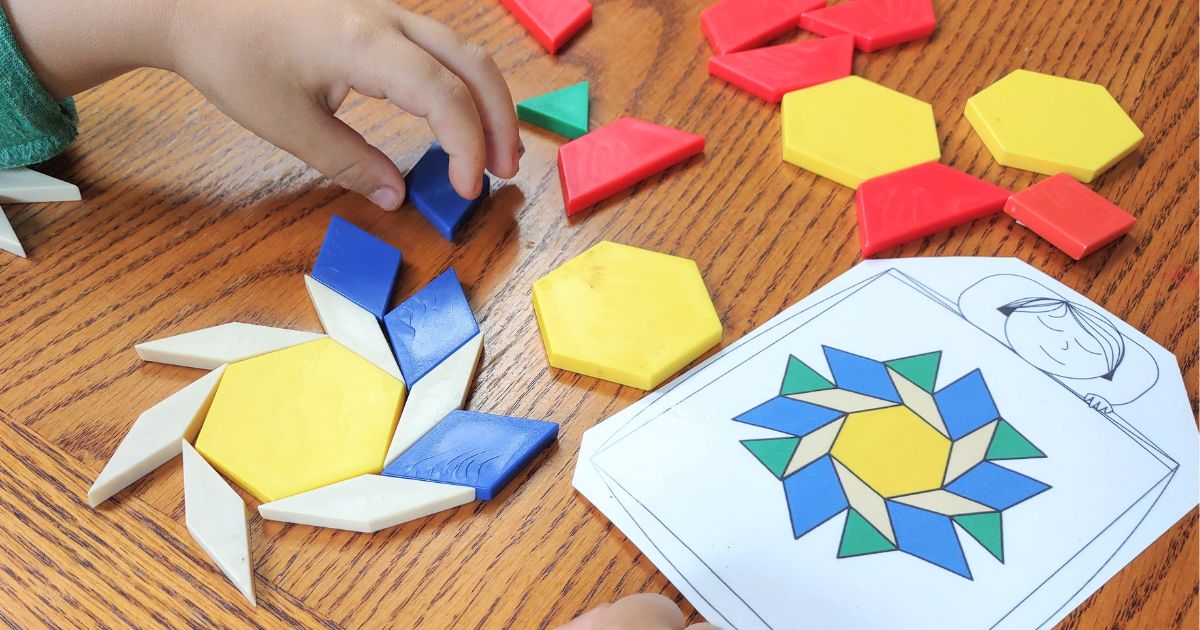

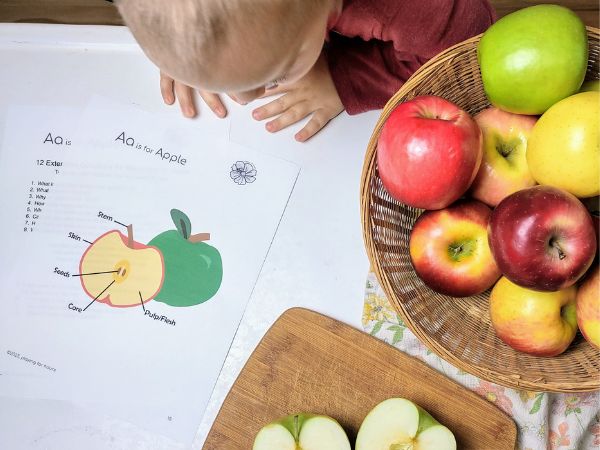
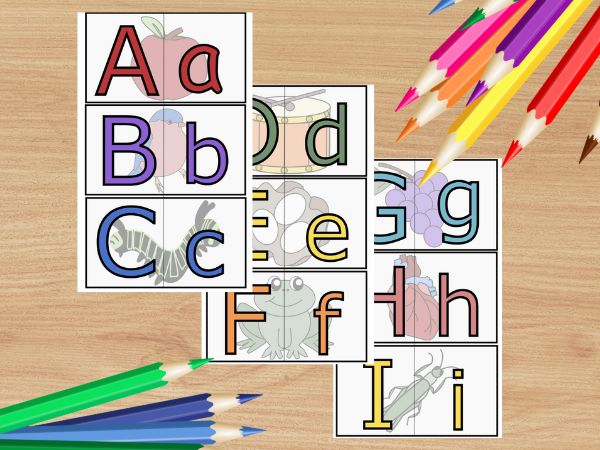

Leave a Reply